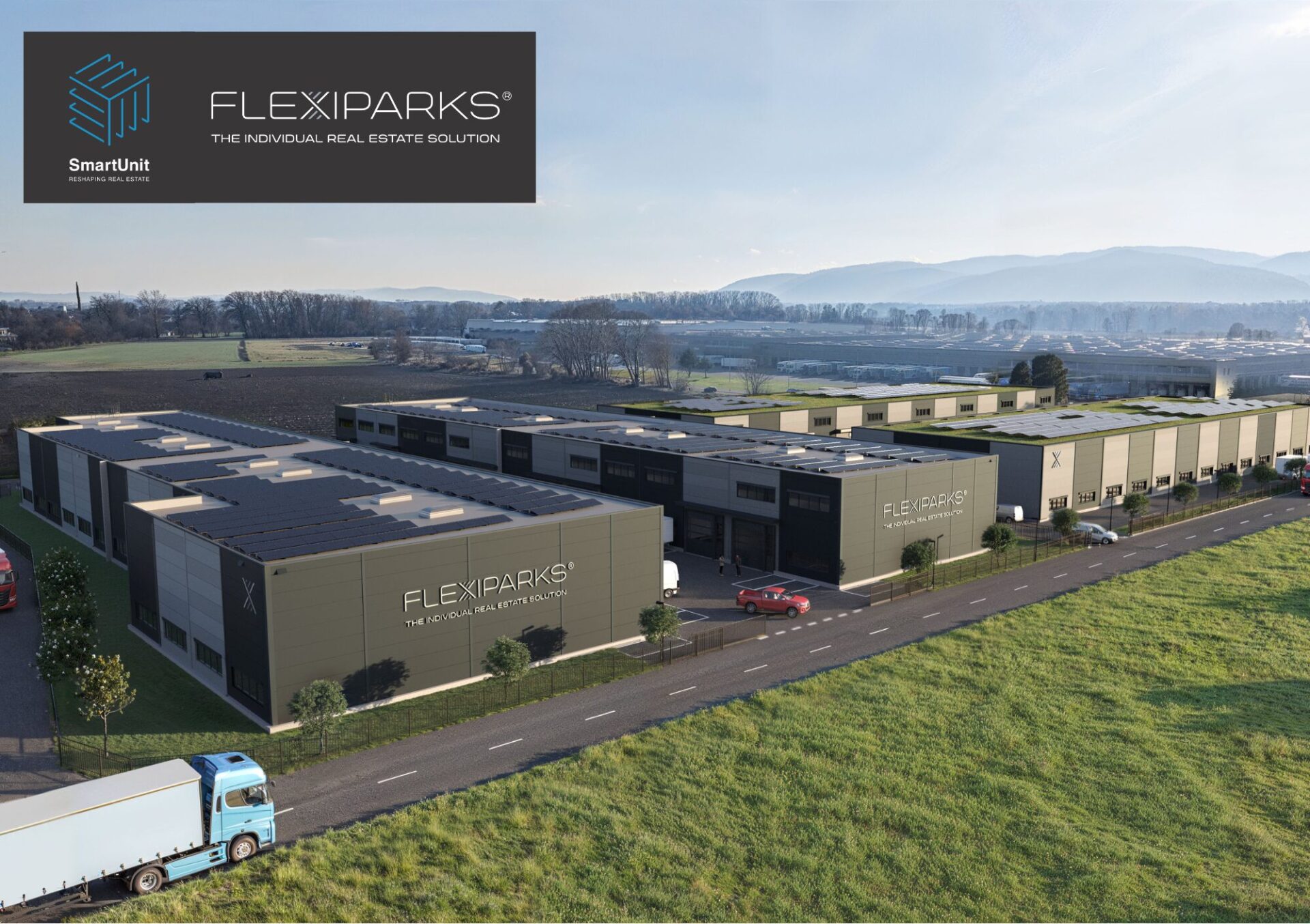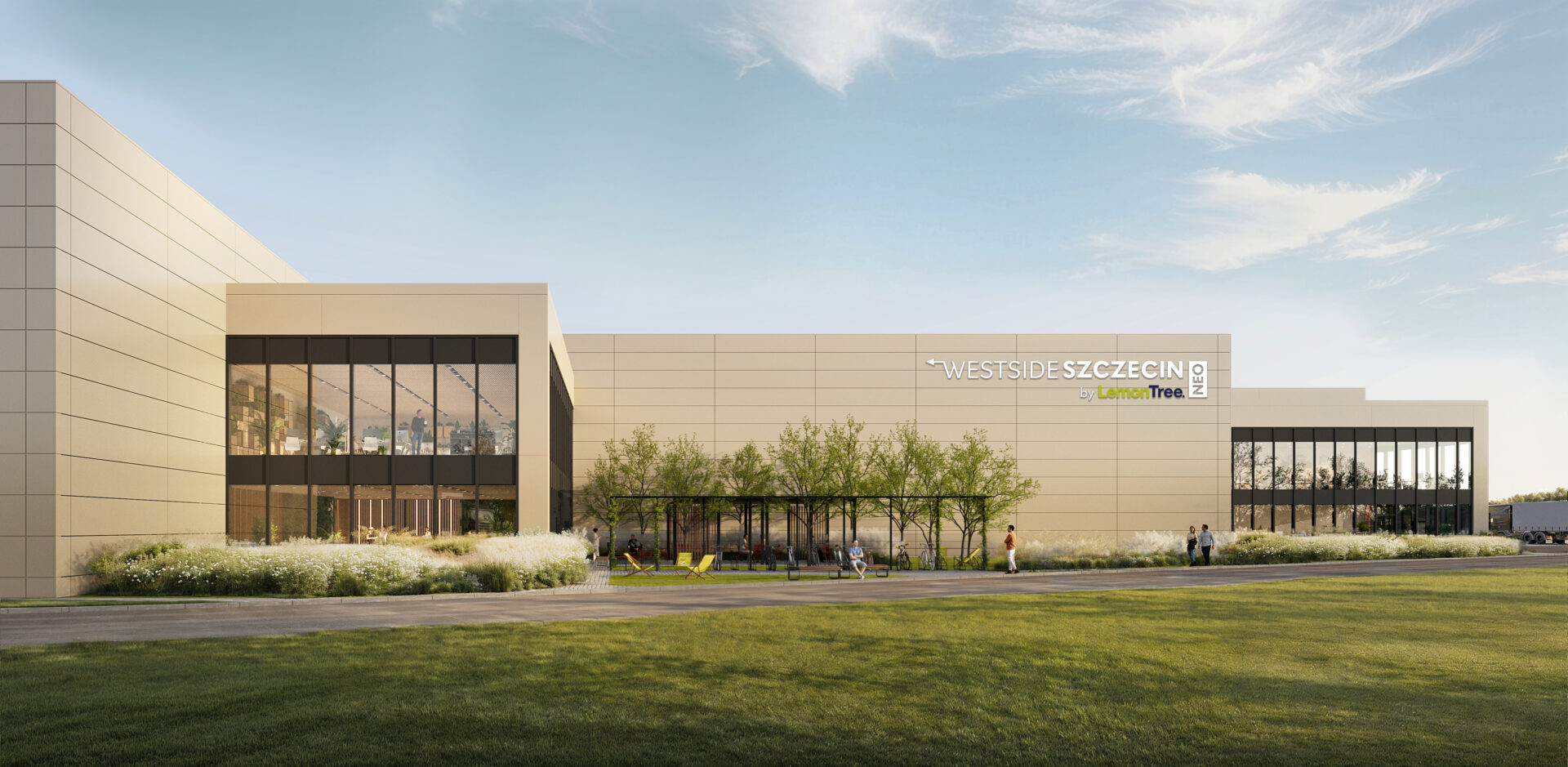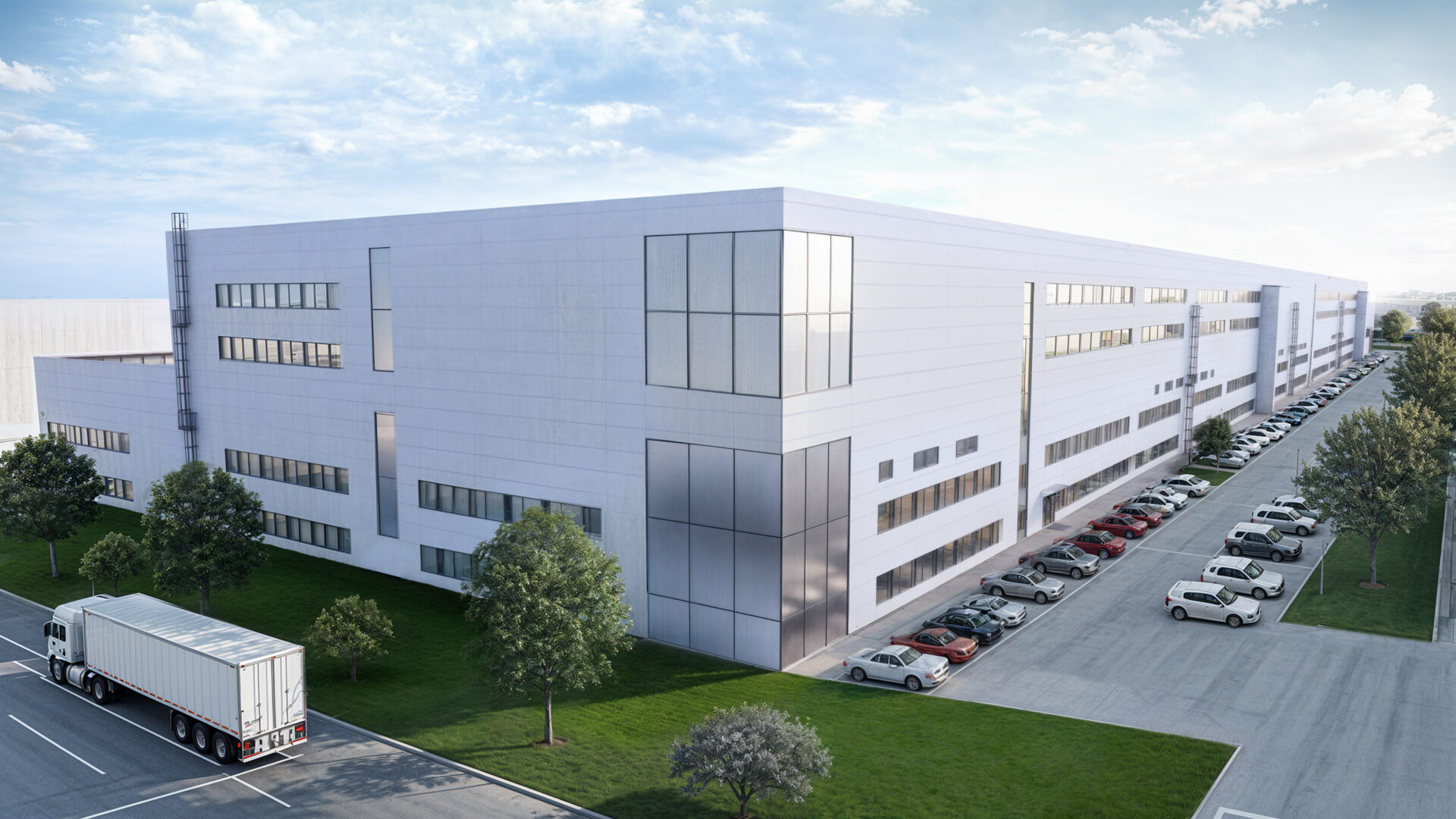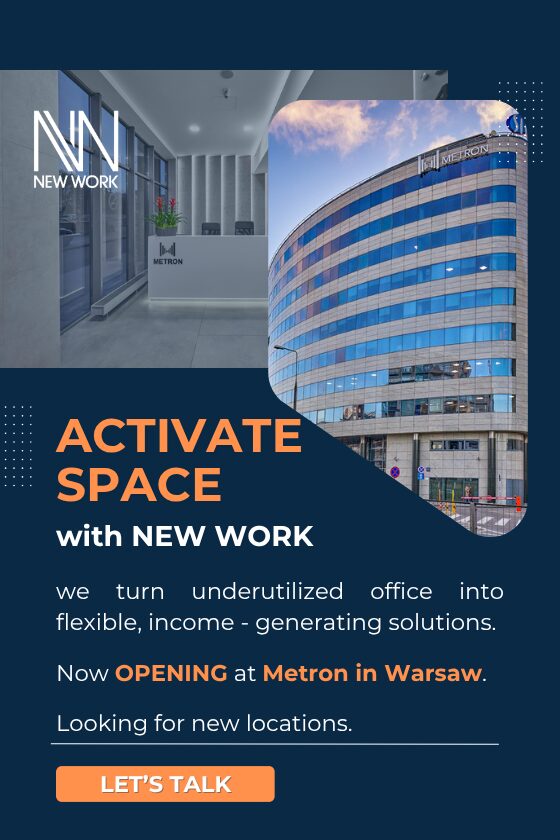Some 84 percent of companies in Poland are expecting to grow their order books over the next two to three years. Research into key market trends in the warehouse property market, carried out by PMR Consulting & Research on behalf of leading European contract logistics company Fiege and logistics property developer-investor P3, this will translate into greater demand for logistics space and outsourced logistics services.
The survey was undertaken in October (2017) among a representative sample of 106 companies employing at least 250 employees and with a minimum annual turnover of PLN150 million.
Among the companies surveyed, 57 per outsource logistics services and 89% use warehouse facilities. At the same time, over half (55 percent) of respondents conduct operations from warehouses rented independently or through a logistics operator.
The size of warehouses most in demand has changed significantly over the last few years. Until recently, larger units were hard to come by. Now, as many as 80 percent of large companies occupy at least 3,000 sqm, almost half (42 percent) use warehouses of 10,000 sqm or more and almost a quarter (23%) occupy facilities larger than 30,000 sqm.
Piotr Bzowski, Leasing & Development Director for P3 in Poland, commented: “The results of the survey reflect what we have been observing in the market for some time. Companies are increasingly looking for larger warehouses. Based on our experiences from this year alone, we can say that, on the one hand, existing customers on our parks are keen increase the amount of space they occupy as a result of business expansion while on the other potential new customers are usually interested in taking units of over 30,000 m2.”
Demand for larger warehouse space is directly linked to how companies perceive Poland as a logistics location. Some 84 percent of survey respondents stated that the country is a good place for a logistic centre, pointing to factors such as labour costs, the availability of skilled workers, the ongoing improvements and expansion of the transport infrastructure, as well as high quality of warehouse facilities as having the greatest bearing on Poland’s attractiveness.
The fact that companies want to develop and grow in Poland is very encouraging. As many as 54 percent of the respondents said they expected to increase the volume of occupied warehouse or production space in Poland, 45 percent plan to do so over the next 2-3 years.
Piotr Bzowski added: “It is also worth noting that companies will use warehouse facilities in Poland not only to service the domestic market but also other European countries, especially in Central and Eastern Europe. This represents a real window of opportunity for Poland and is a chance for us to become a European distribution hub.”
The dynamic development of companies operating in Poland has implications not only for the warehouse space market but also for the logistics sector. Companies are increasingly moving to outsource logistics processes to specialised external operators.
According to the research as many as 84% of businesses surveyed consider the level of services provided by third party logistics providers to be a real benefit. The average rating that the respondents gave to operators was 4.05 (on a scale of 1-5). Timeliness, reduced levels of damage to goods, and professional customer services are the key factors for customer satisfaction from operator provided services. The result is high retention rates – 55 percent of the companies surveyed have worked with the same logistics operator for more than 5 years. Over a third (35 percent) of the companies expect to increase the level of use of 3PL services over the next 2-3 years.
Damian Kołata, Senior Business Development Manager for Fiege, said: “A competitive market and demanding customers make companies increasingly likely to opt to use external logistics services. This applies not just to simple acceptance, storage and delivery of goods, but also to services related to packaging and returns as well as quality control, for example, for products imported from Far Eastern markets.”
How will the market change in the face of an increasing demand for modern warehouse space and logistics services? According to the respondents, the most visible trends over the next 2-3 years will be process automation (58 percent), IT system development (49 percent), e-commerce growth (46 percent), the rise of small urban logistics sites close to city centres (32 percent), pressure exerted by close-proximity end users/customers (14 percent), and an increasing number of returns (9 percent).
Damian Kołata added: “Polish e-commerce will exceed the 40 billion PLN mark this year. According to forecasts, this market will increase by several dozen per cent within 2-3 years to catch up with the European average of 8-9 percent of traditional trade. Following the very intense growth of e-commerce, the number of returns increases. For companies that do not have dedicated specialised departments for this purpose, logistic operators come to the rescue. The development of e-commerce also forces companies to be more automated. Logistic operators also have an important role to play here, as they should show customers the way in the field of process automation (quilting robots, pick by vision or pick by light are more and more common in warehouses) as well as the development of IT systems.”







